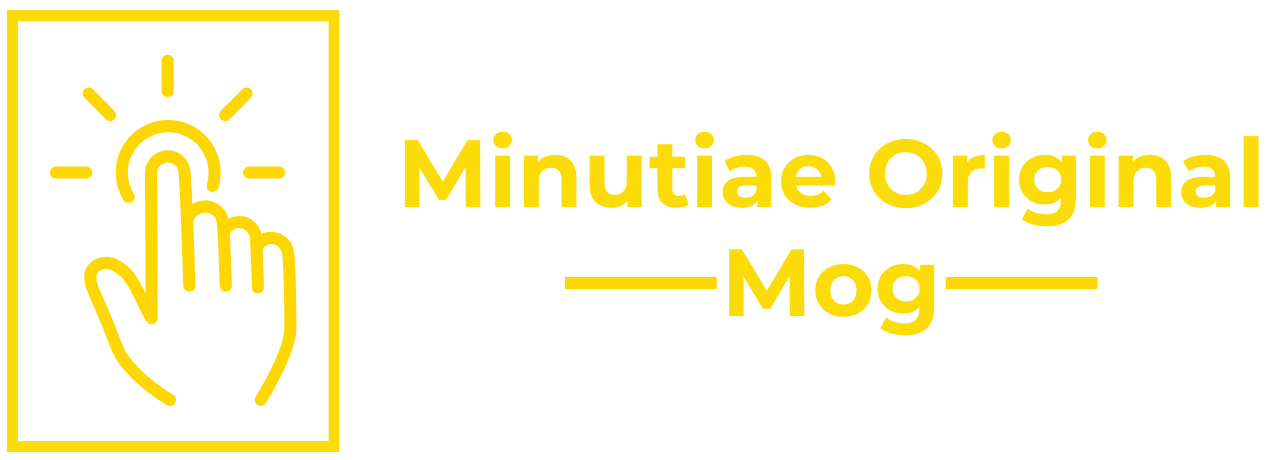The concept of the middle class, as we have understood it for decades, appears to be on a trajectory towards obsolescence. This profound societal shift is not a sudden event but rather the culmination of several powerful, interconnected forces. Three primary drivers stand out: the relentless advancement of artificial intelligence, persistent currency inflation, and the ever-widening income gap.
1. The Advancement of AI: A Double-Edged Sword
Artificial intelligence is rapidly transforming industries, promising unprecedented increases in production and efficiency. On a micro-level, AI-powered automation is streamlining manufacturing processes, allowing factories to produce goods with fewer human laborers and at a faster pace. For instance, in medicine, AI algorithms can analyze vast datasets of patient information, diagnose diseases with greater accuracy than human doctors, and even assist in drug discovery, potentially leading to cheaper and more effective treatments. In the energy sector, AI optimizes grid management, predicts demand fluctuations, and enhances the efficiency of renewable energy sources, driving down the cost of power generation and distribution.
On a macro-level, this translates to a society with an abundance of goods and services. However, this increased productivity comes at a cost to traditional employment structures. Many roles historically occupied by the middle class—from administrative assistants and customer service representatives to certain analytical and even creative professions—are becoming susceptible to automation. While new jobs will undoubtedly emerge, the transition period and the nature of these new roles may not align with the skills and expectations of the existing middle class, leading to significant displacement and a re-evaluation of human labor’s value in an AI-driven economy.
2. Currency Inflation: The Erosion of Value
Increased production, while beneficial, often correlates with an expansion of the money supply. When an economy seeks to stimulate growth or manage debt, central banks may resort to printing more currency. The fundamental principle here is simple: if the amount of money in circulation grows faster than the supply of goods and services available for purchase, each unit of currency buys less. This is the essence of inflation. Imagine a fixed number of apples in a market. If suddenly everyone has twice as much money, they will bid up the price of those apples, making each dollar less valuable in terms of apple-purchasing power.
Furthermore, the impact of newly printed currency is not evenly distributed. This phenomenon, sometimes referred to as the “Cantillon Effect,” suggests that those who receive the new money first (typically large financial institutions, corporations, and government entities) benefit disproportionately. They can invest this fresh capital into productive assets or acquire existing ones before prices fully adjust. This allows them to increase their productivity and wealth. By the time this new money trickles down to the broader population through wages or general spending, prices for goods and services have already risen, effectively diminishing the purchasing power of those at the bottom and middle of the economic ladder. This creates a ripple effect where the initial beneficiaries gain a significant advantage, further concentrating wealth.
3. The Income Gap: A Widening Chasm
The disparity between the rich and the poor has been a growing concern globally. The number of millionaires and billionaires has been steadily increasing, while the economic baseline for many remains stagnant or even declines in real terms. For instance, data from various economic reports consistently show that, in many developed nations, the real wages for the bottom 50% of earners have seen minimal growth over the last few decades, while the wealth of the top 1% has surged dramatically. According to a 2023 Oxfam report, the richest 1% have captured almost two-thirds of all new wealth created since 2020, nearly twice as much as the bottom 99% of the world’s population. This trend is evident across diverse economies, from the United States to emerging markets, where concentrated wealth in the hands of a few continues to accelerate.
This existing gap is poised to be further exacerbated by the advancement of AI and currency inflation. AI will empower those with capital to automate and scale their operations, increasing their returns without necessarily creating a proportional increase in broad-based employment or wages. Meanwhile, inflation will continue to erode the savings and purchasing power of the middle and lower classes, who often lack the assets or financial instruments that can hedge against rising prices.
The Absolute Decline of the Middle Class
The combination of these three powerful forces will lead to the effective obsolescence of what we currently understand as the middle class for two fundamental reasons:
1. The Average Middle-Class Income Will Not Be Enough
Even in a society that boasts unprecedented abundance and efficiency thanks to AI, the average income of a traditional middle-class household will likely prove insufficient to maintain a comfortable standard of living. As AI drives down the cost of producing goods and services, it also inherently drives down the value of human labor that can be easily automated. While basic necessities might become cheaper, the ability to accumulate wealth, invest, and secure a future—hallmarks of the traditional middle class—will become increasingly challenging without significant capital or highly specialized, non-automatable skills. The “more” that society has will be disproportionately accessible to those at the top, leaving the middle struggling to keep pace.
2. The Millionaire as the New Middle Class
The very definition of wealth and comfort is undergoing a radical transformation. A million dollars, once a significant fortune, is rapidly becoming the new baseline for what one might need to live a comfortable life in many economies. Consider the historical perspective: 100 years ago, being a millionaire was an extraordinary achievement, signifying immense wealth and influence. Decades later, as economies grew, the focus shifted to billionaires as the epitome of immense wealth.
Looking ahead, we are likely to see billionaires become trillionaires, and that will be the new benchmark for extreme wealth. Companies might emerge and achieve trillion-dollar valuations in just a few years, mirroring the rapid ascent of billion-dollar companies we’ve witnessed in recent times. In this future, a billion dollars could become the new million, and consequently, a million dollars will represent the new middle class. The aspiration to “make a million” will no longer be a dream of extraordinary success but a fundamental necessity to secure a comfortable and stable existence. This redefinition underscores the profound economic shift that awaits us.


Eye opening indeed and true, certain countries with extreme cases of inflation have seen the rich becoming quadrillionaires.
Inspiring
The government should be keen to address the inequality